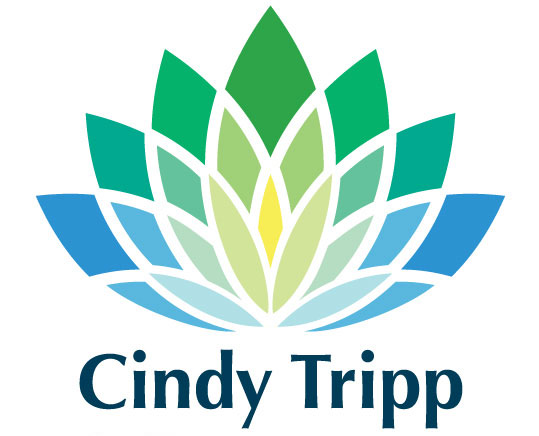How much time do you spend in meetings?
Stop and think about it…it is significant. Have you ever felt like all you do is meet and nothing moves ahead? I tried a little experiment using a curious app I found “meeting calc” (pictured here) and I calculated one of those endless meetings that did not go anywhere.
What a shame. All the right people in the room and no advancement.
 Stop defaulting to meetings. If there are more than 7 people gathered, meetings are typically too large to ‘do anything’ and are really about 1 way communication or deployment. Meetings don’t invite dialog, conversation and healthy debate. Yet, we overuse them…How about “doing” instead. We have a real need at times to gather: lets start designing a gathering experience that is intentional about what is needed and has a bias to really gets things done. First, ask yourself, why are you gathering? Typically, it is to get input or to discuss an issue that needs resolution. Meetings don’t address this…doing does.
Stop defaulting to meetings. If there are more than 7 people gathered, meetings are typically too large to ‘do anything’ and are really about 1 way communication or deployment. Meetings don’t invite dialog, conversation and healthy debate. Yet, we overuse them…How about “doing” instead. We have a real need at times to gather: lets start designing a gathering experience that is intentional about what is needed and has a bias to really gets things done. First, ask yourself, why are you gathering? Typically, it is to get input or to discuss an issue that needs resolution. Meetings don’t address this…doing does.
We can use the some principles of design thinking to make the shift to doing.
- Frame the problem and seek diversity of perspectives on it
- Be curious and empathic about other points of view on the issues (including users and other stakeholders), lean in to that discomfort
- Physicalize and prototype solutions iteratively
- Work in small burst of time in groups sized for highly productive dialog (typically 4-7 people)
- Take breaks to renew your energy
Check out the table below that illustrates a hypothetical example:
|
|
Meeting | Doing |
|
Attendees |
17 people on leadership team and 3 presenters (20 total) |
3 teams of 5-7 (20 total) |
|
Length |
2 hours in one continuous block (perhaps with a quick bio break) |
2 hours in 20 minute or less bursts of time:
|
|
Example Agenda |
|
|
|
Meeting Materials |
|
|
|
Outcomes |
|
|
The first time I tried using design thinking principles on my global leadership team at our annual face to face meeting, the team had no idea what had “hit them.” Stunned by our productivity and how great they felt, as they had accomplished at least 6 months of work in 3 days, they asked me “what did you do to us?” It was only then I revealed the principles at work here borrowed from design thinking.
So, go transform those wasted meetings into high productivity doings…what are you waiting for?
Cindy
TAKE ACTION THIS WEEK
- Identify one meeting you are leading in the next few days/weeks which needs more doing
- Re-imagine the agenda, timings, team sizes to leverage the Design Thinking Principles above.
- Assign a timekeeper at the meeting to help you keep in these short burst of time, people initially will resist that speed and want to debate and spin versus investigate and decide.
- Leverage Design Thinking Resource books to help you plan for your transformed meeting:
-
- Heather Fraser, Design Works
- Jon Kolko, Exposing the Magic of Design
- Jeanne Liedtka and Tim Ogilvie, Designing for Growth

